The first and last time I have shot this type of film was in 2002; the format was 8×11 (9.2mm), cut from 35mm for my Minox cameras. Not bad results, perhaps I was wrong (just a tad) regarding the exposure. This here is the only frame I kept, shot with this film, Minox format. As you can see, it is heavily damaged by countless copies of the original. But it does show the capabilities of the film, even in such tiny format, which is the 8×11 (9.2mm).
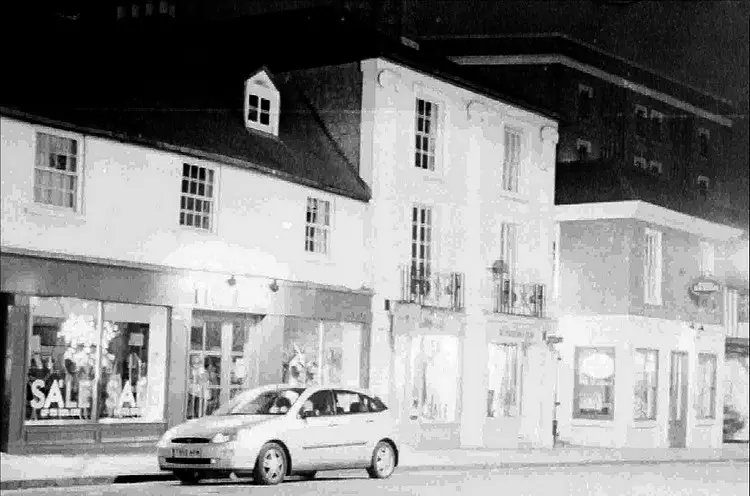
Minox IIIs, Ilford Delta 3200 @ 1600 – Watford Herts 2002
So, other than this roll of Minox film, my experience with Ilford Delta 3200 is zero. Not for lack of wanting, but somehow it happened. In the last 25 yrs I went through really a large number of 400 ASA rolls, some good number of 800 and the highest I ever used were 2 rolls of Natura 1600 and one of Neopan 1600 Super Presto. Other than that, I always used films slower or equal to 400, pushing it at times, but nothing dramatic.
So when my daughter, herself a budding young film photographer, asked me to run a roll of this 3200 at some point during our coming holiday, I said “well, yeah, but you know…”. Then I thought why not, and I warmed to the idea. Mind you, my night walks for photography are almost gone now, and we were going in the mountains, weather forecast said hard sun, harsh shadows, etc. Anyways, without much ado, I took with me a fresh roll and a Nikon FM3A and away we went. Anything to keep my daughter happy (and quiet).
I set the ISO at 1600, which I believe is a good compromise (actually, I learned that the Delta 3200 is not really 3200, rather a 1600 speed is much closer to the real sensitivity). I shot the film in 2 days, trying to use the available light by dark, but also had a number of shots in the daylight. The camera took all my efforts really nice, being set on automatic.
I am not an automatic setting shooter, but I thought Nikon is better than my eyes, which is so true. Some of the photographs were shot in plain sun, others with perhaps some more shadow, while some after dark, well after dark. The results could’ve ben better? Of course, very much so. Don’t blame the film, it’s me who stopped short in getting the best of this beautiful film. For what is worth, do enjoy !
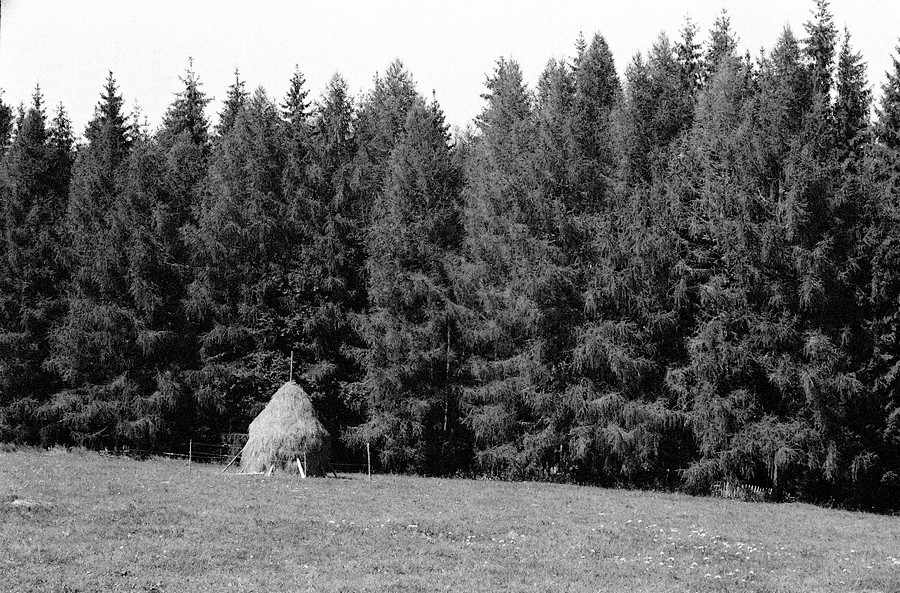
Plain daylight, harsh sun.
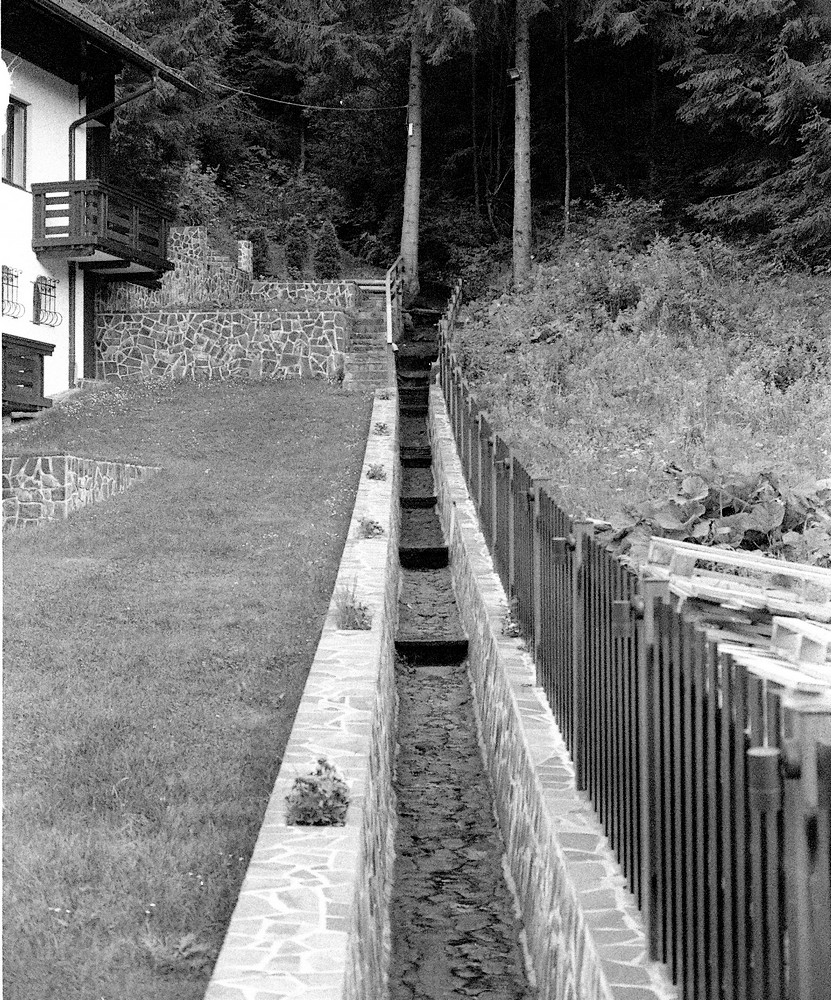
In the shade of the forest, but still a lot of light going on.
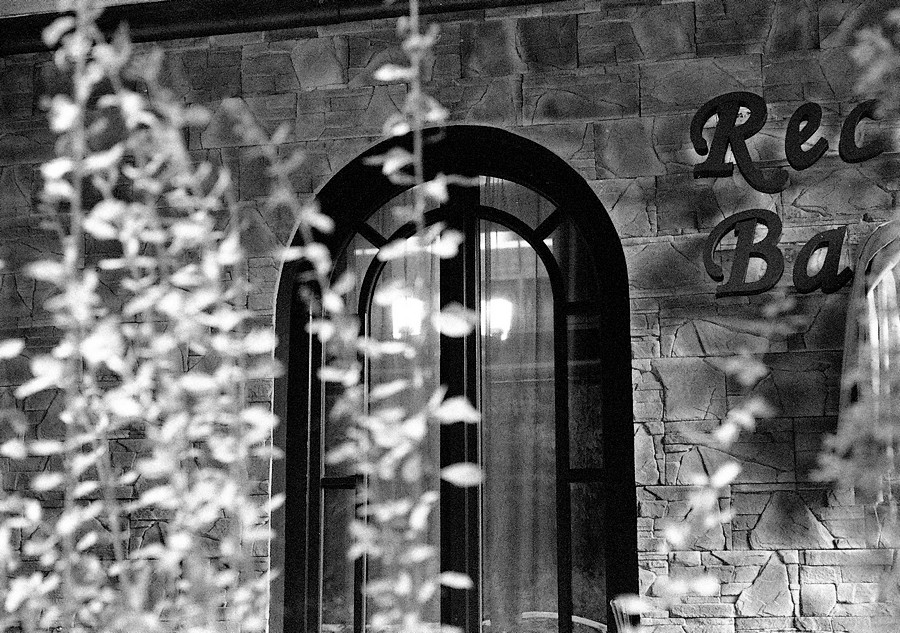
It’s 22.30 pm, making use of the available wall lamps of this restaurant still open.
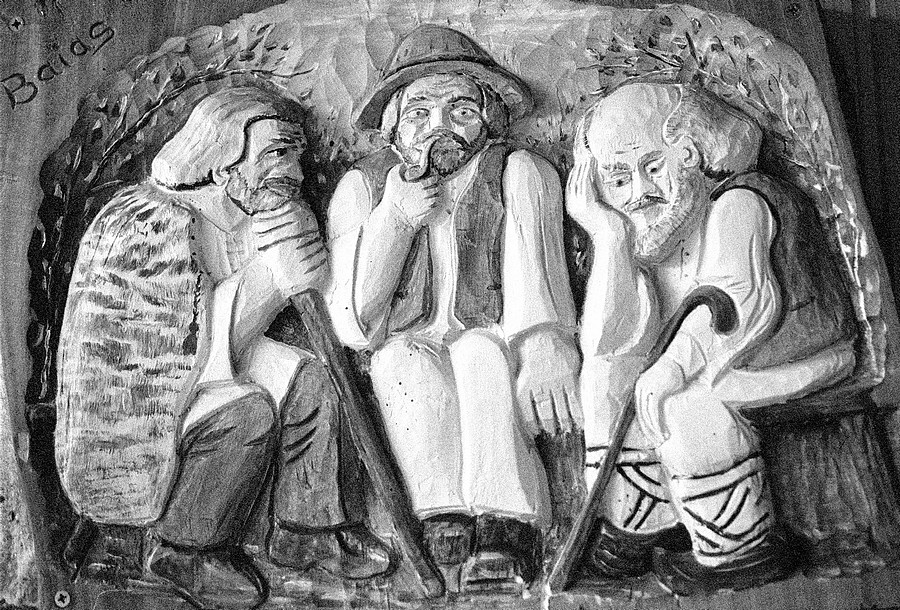
Low light – wooden sculpture in a local museum.
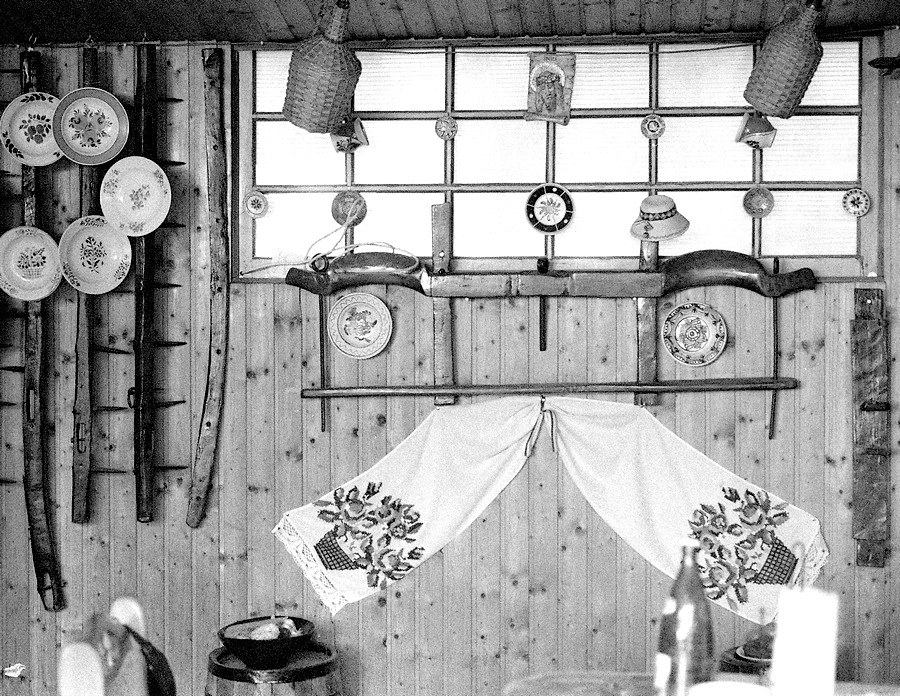
A bit more light, given the window above. Around 18.00 pm, same museum.
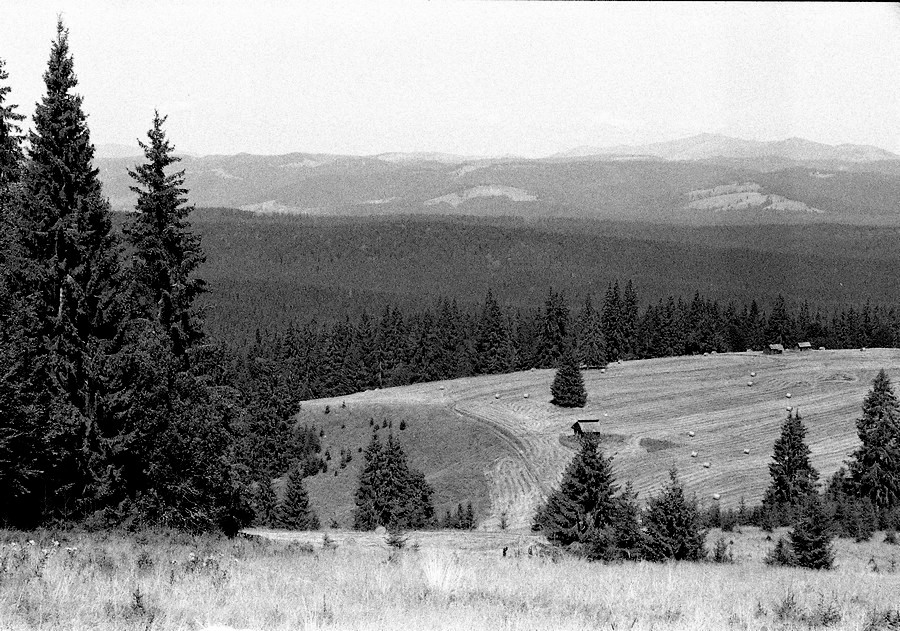
Next day, same hard sun over the beautiful mountains of my province.
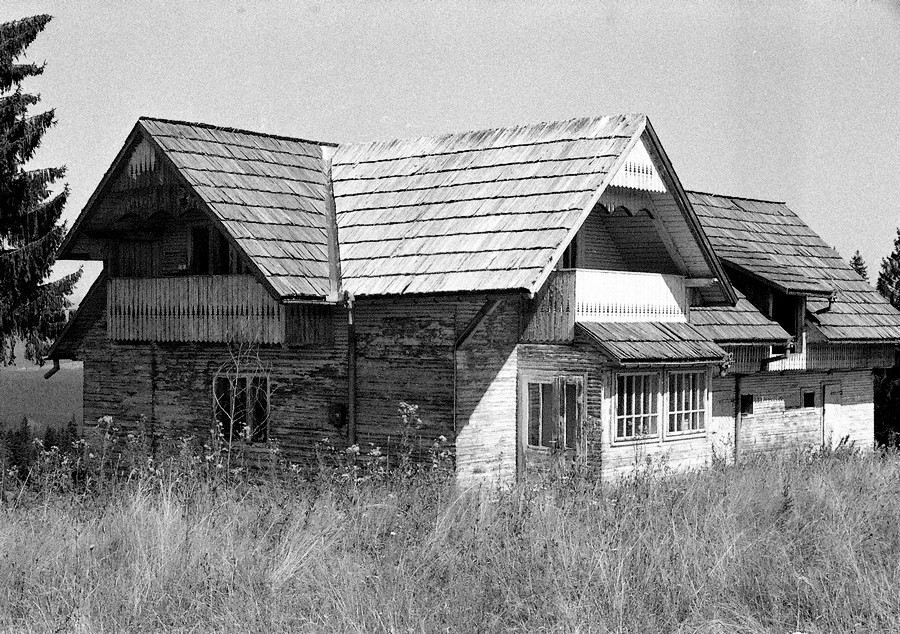
Old and derelict house, of the mountain type, traditional Bukovina style.
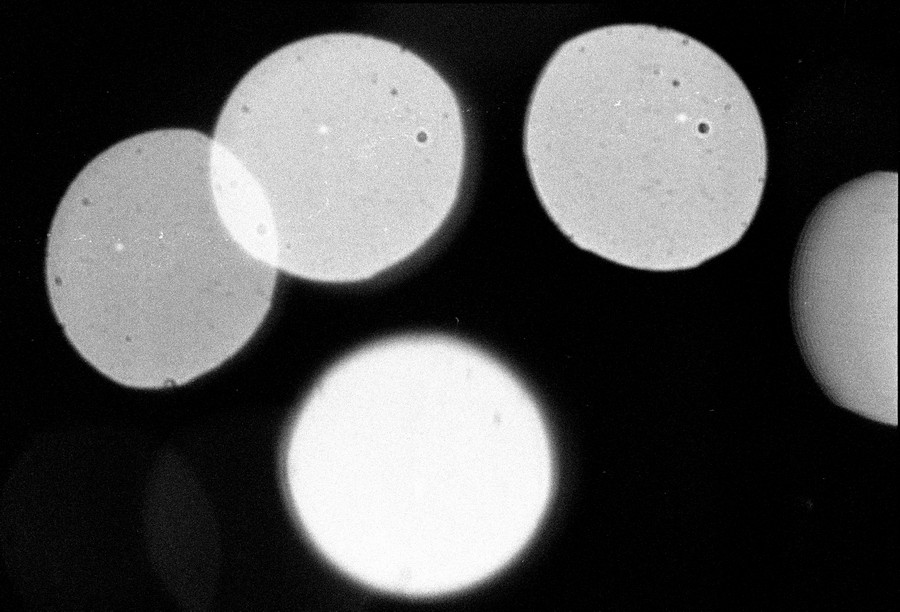
These orbs are not aliens visiting me. I tripped the shutter by mistake, pointing at some lights in the night.
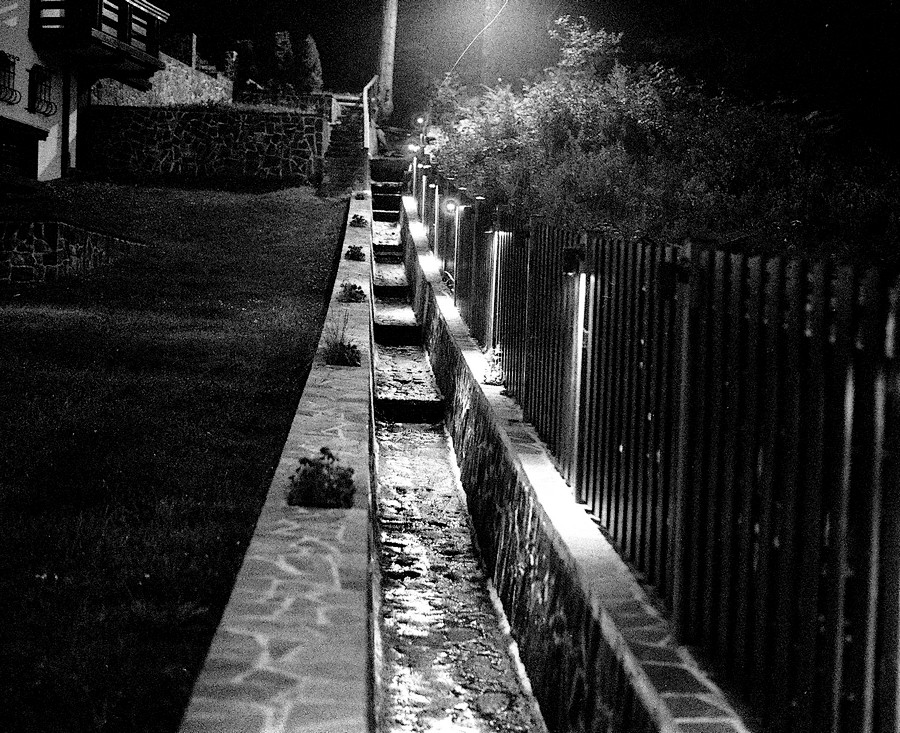
Same place as in photo #2, this time in the dark of the night (ok, and some lamps around)
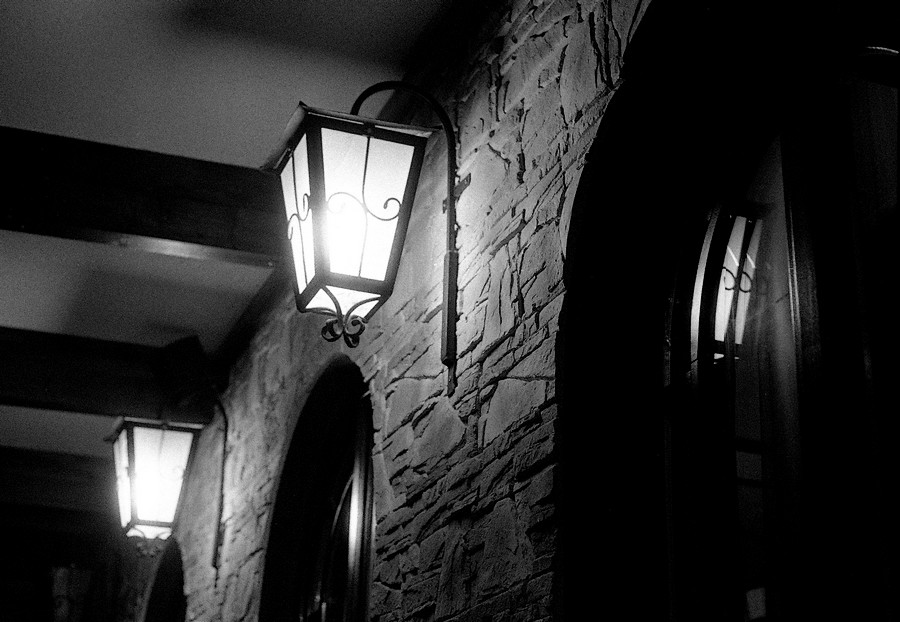
Entrance of the restaurant, well after midnight.
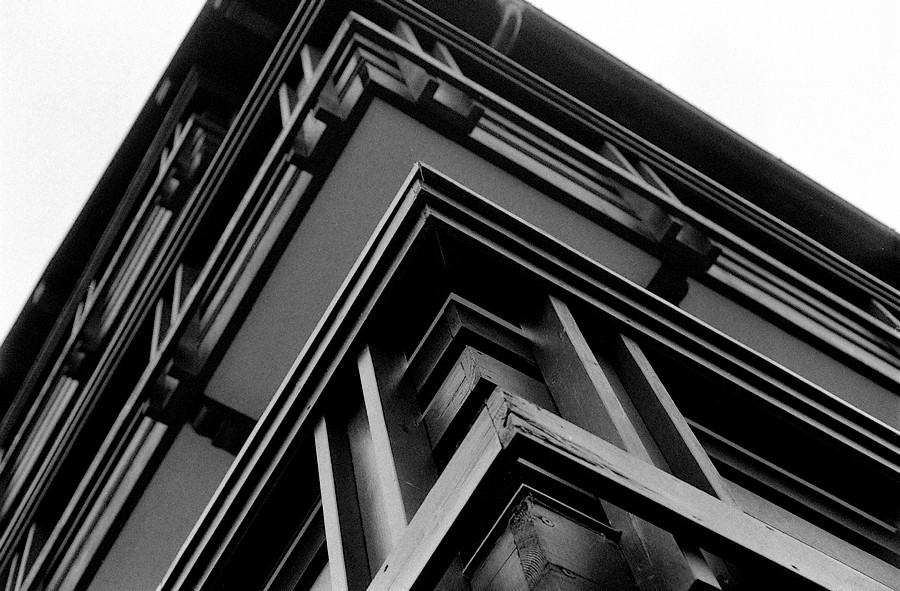
A view of the joisting and carpentry that went into the hotel where we stayed.
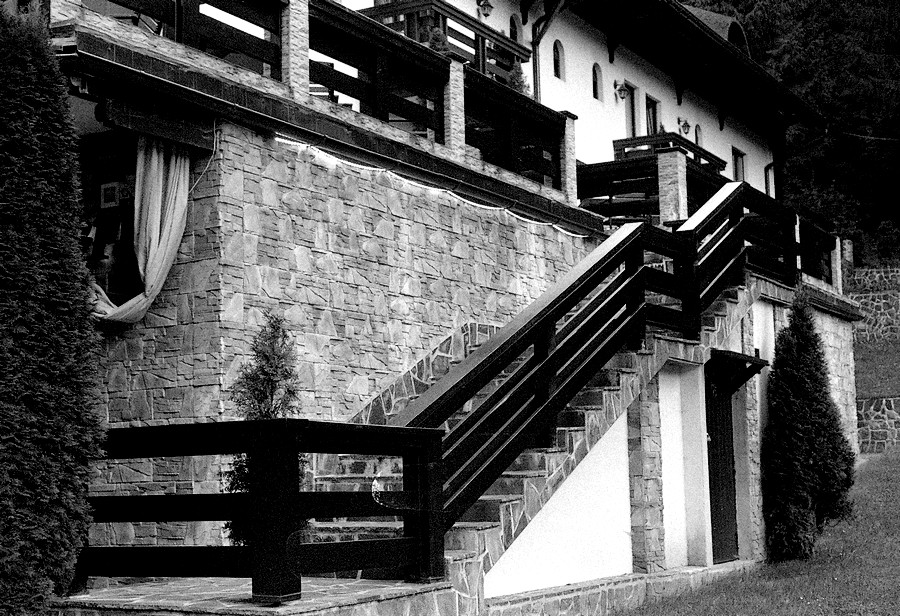
Side stairs of the hotel (it’s actually a large guest house). This is well after sunset.
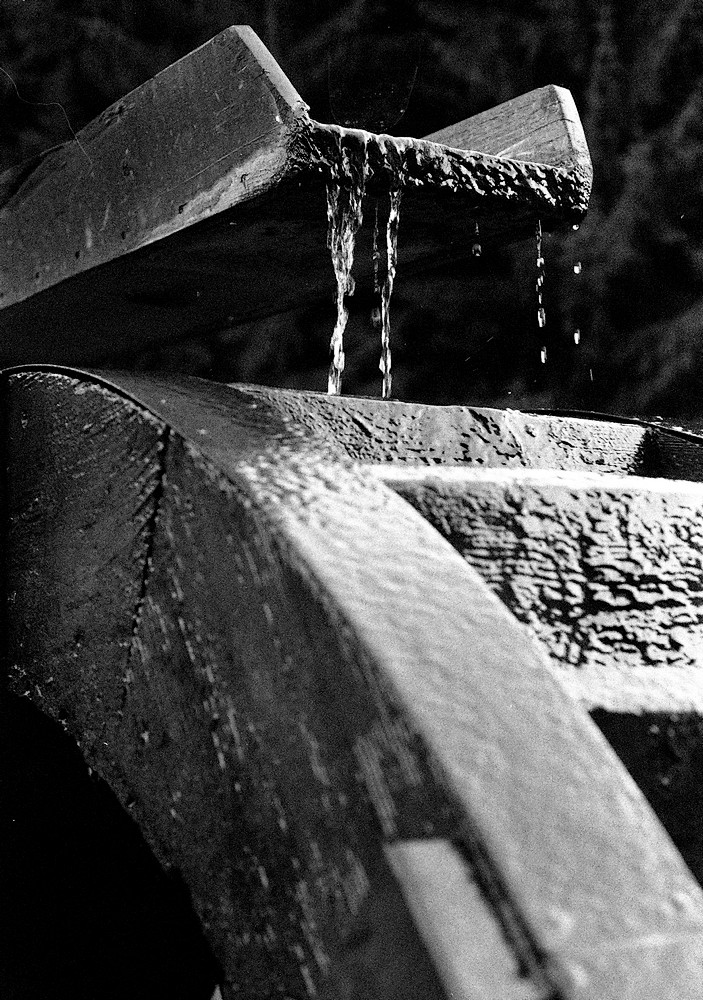
This is a mock watermill wheel. The slow motion and the dripping water are almost hypnotic.
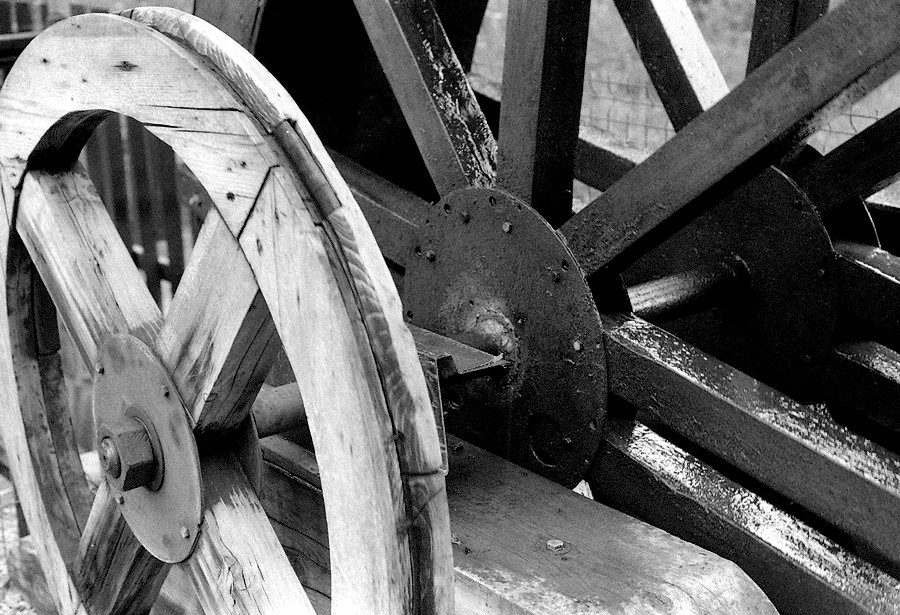
Lower part of the above contraption.
Have I learned anything? Yes, I did: listen to your daughter. And of course, some other stuff, such as keep a roll of 3200 in your bag. It will do wonders to your project, any project. If in doubt, shoot some at 1600 and you’re good. Indoors, no flash, low light sort of situation? Let the camera rip at 3200 or 1600, and you can go lower than that, at 800 if need be.
Of course, there is some compromising to do: if you do not like getting burned, do not sit near the fire. If grain is something you can’t stand, this film is probably something you should avoid. Mind, not everything comes out grainy, but grain with this type of film is something one should expect and perhaps even embrace. It is extremely liberating to shoot a film which yields grain in a natural way. I really like the tones, I do enjoy the blacks and I fell in love with a film that is extremely forgiving and rewarding. I have processed this roll in Rodinal 1+25, for 9 minutes, first 30 secs slow inversions, then 2 inversions every minute and a half. Scanned on Plustek film scanner.
And to think that I still have some 4 rolls waiting for me on the top shelf of my fridge.
Share this post:
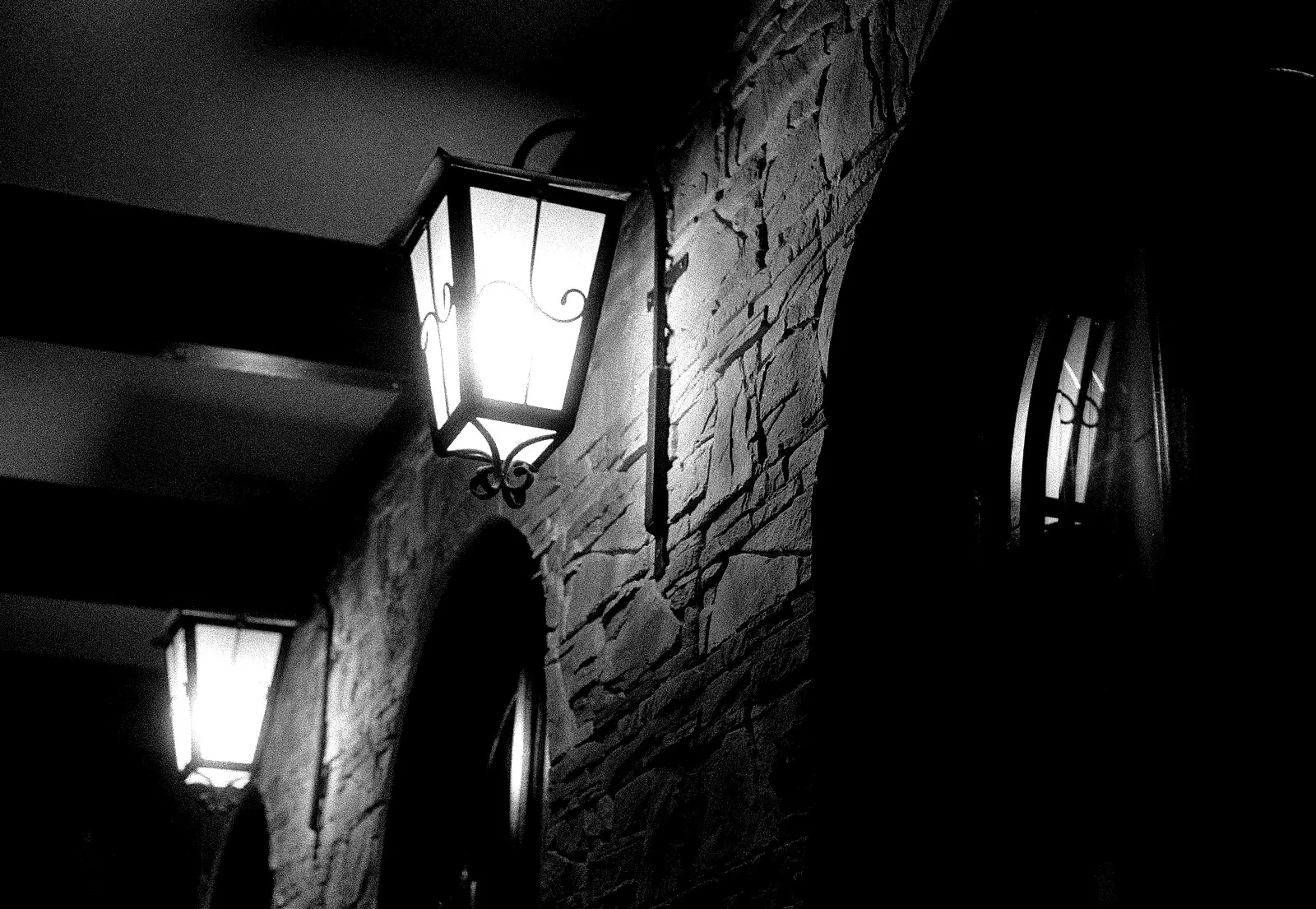
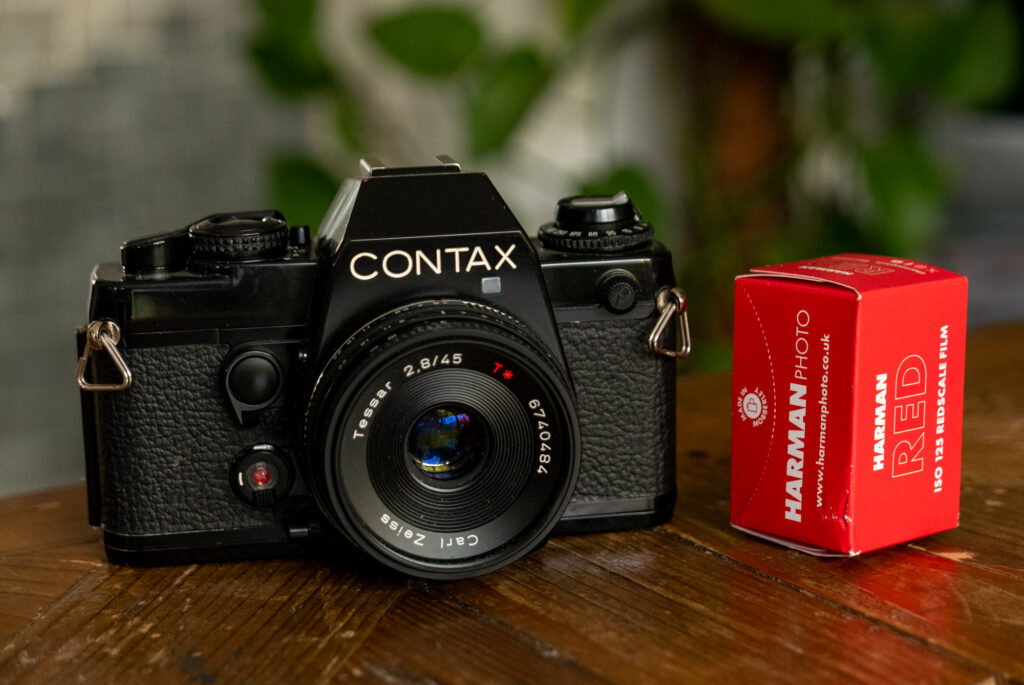
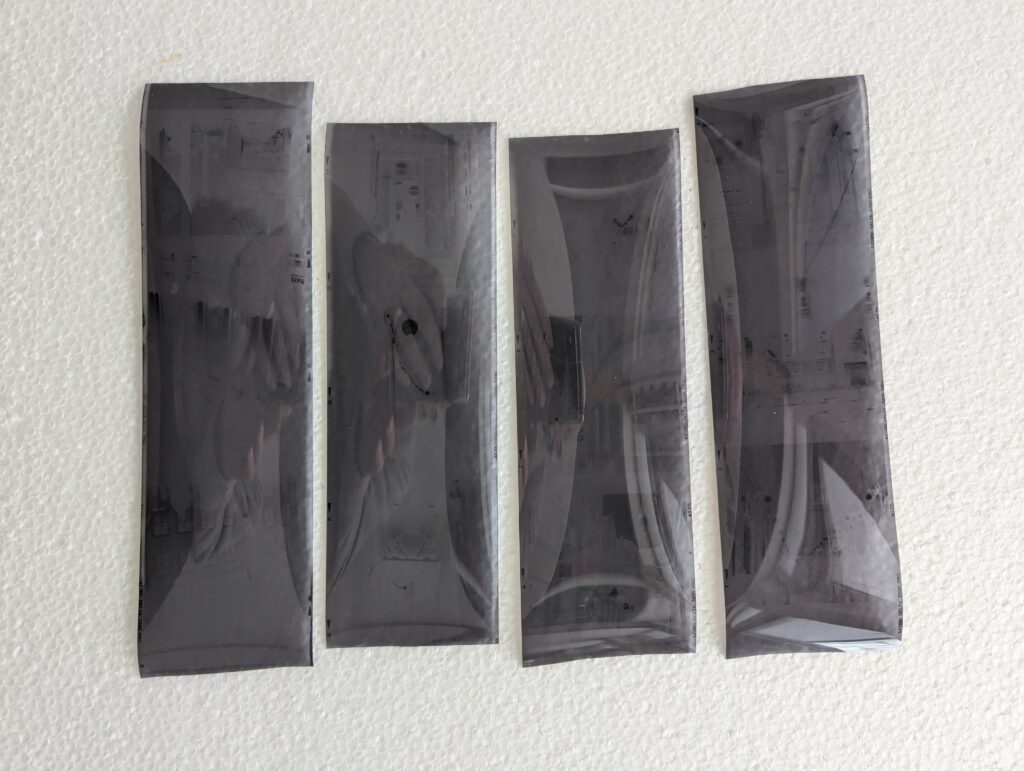
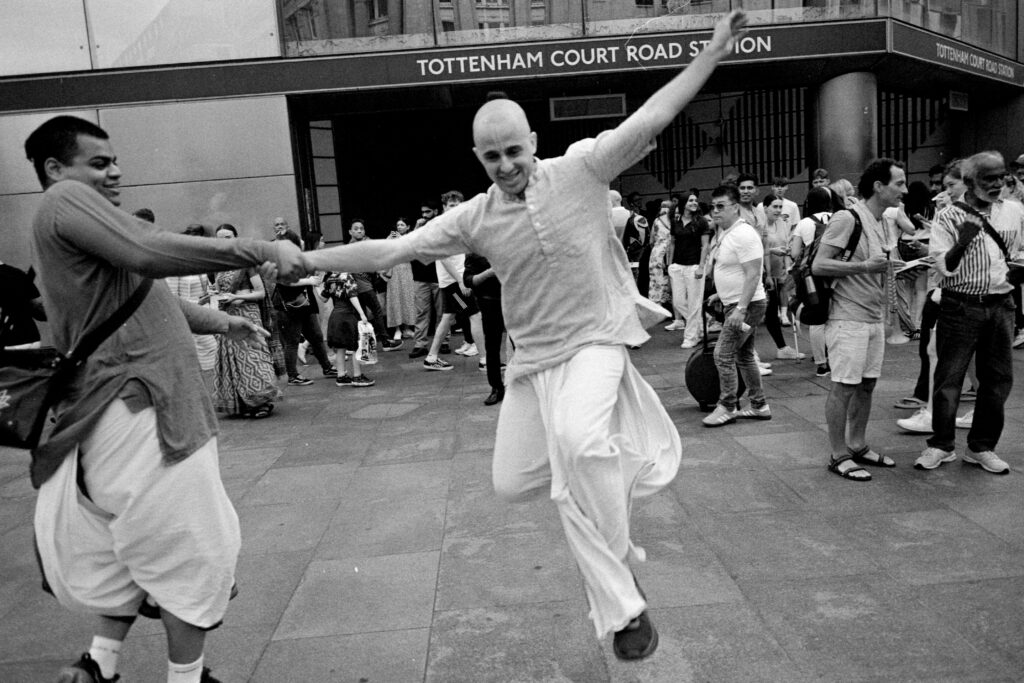
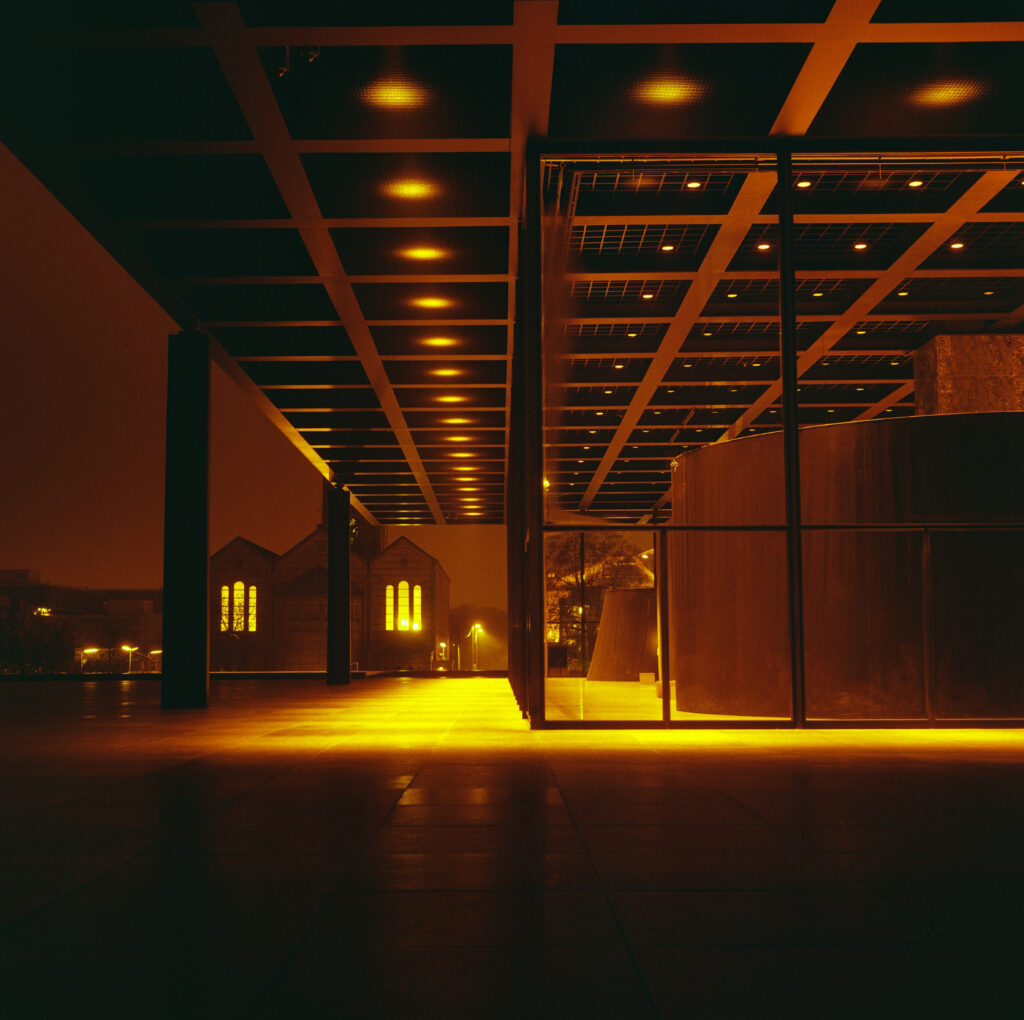




Comments
Michael Greene on Ilford Delta 3200 – a challenge accepted
Comment posted: 28/10/2023
I once did a comparison with Ilford HP5 at 1600 and Delta 3200 at 1600 and personally I liked the look and grain of HP5 more.
And HP5 is substantially cheaper per roll. Now I keep a roll of either HP5 or Tri-X, at 1600, in my 35mm cameras for indoor and low light shots.
The best takeaway from this article is you got to spend some quality bonding time with your daughter.
Comment posted: 28/10/2023
Comment posted: 28/10/2023
Piers Cawley on Ilford Delta 3200 – a challenge accepted
Comment posted: 28/10/2023
Comment posted: 28/10/2023
Gary Paudler on Ilford Delta 3200 – a challenge accepted
Comment posted: 28/10/2023
I realize I've been limiting myself unnecessarily.
Comment posted: 28/10/2023
Kary Schumpert on Ilford Delta 3200 – a challenge accepted
Comment posted: 28/10/2023
Comment posted: 28/10/2023
Comment posted: 28/10/2023
Geoff Chaplin on Ilford Delta 3200 – a challenge accepted
Comment posted: 29/10/2023
Ryan Barrett on Ilford Delta 3200 – a challenge accepted
Comment posted: 29/10/2023
Tristan Colgate-McFarlane on Ilford Delta 3200 – a challenge accepted
Comment posted: 31/10/2023
Comment posted: 31/10/2023
Comment posted: 31/10/2023